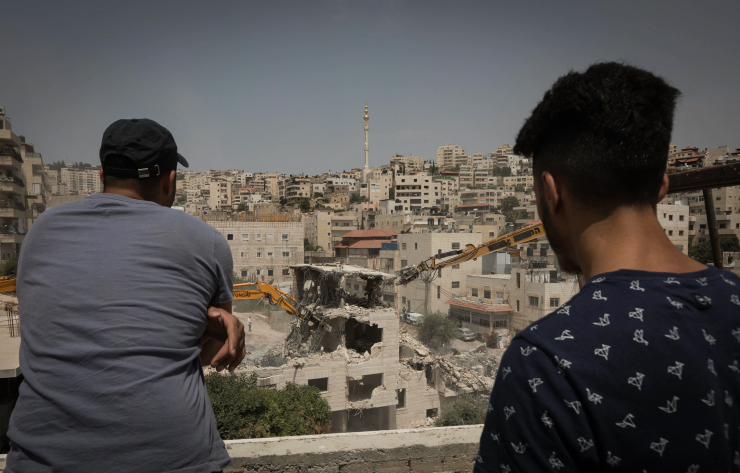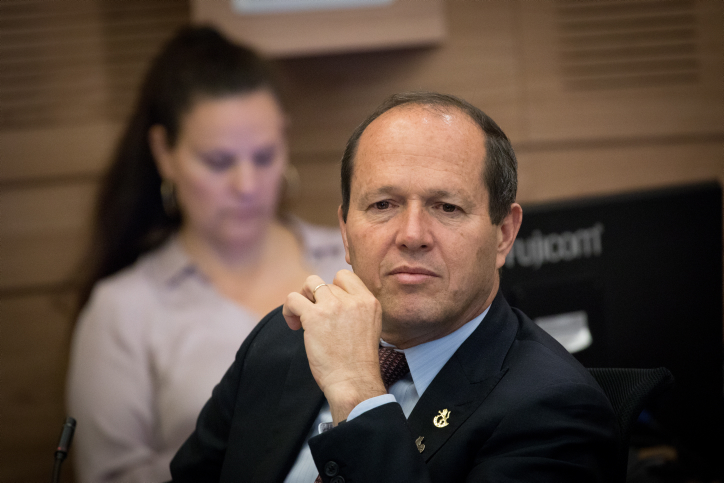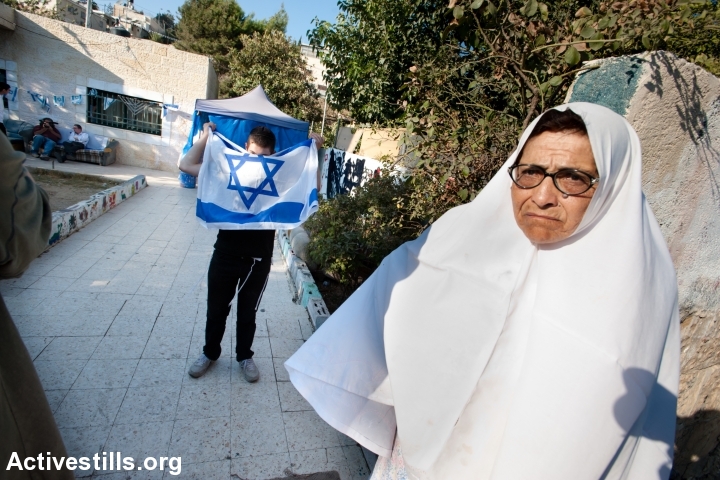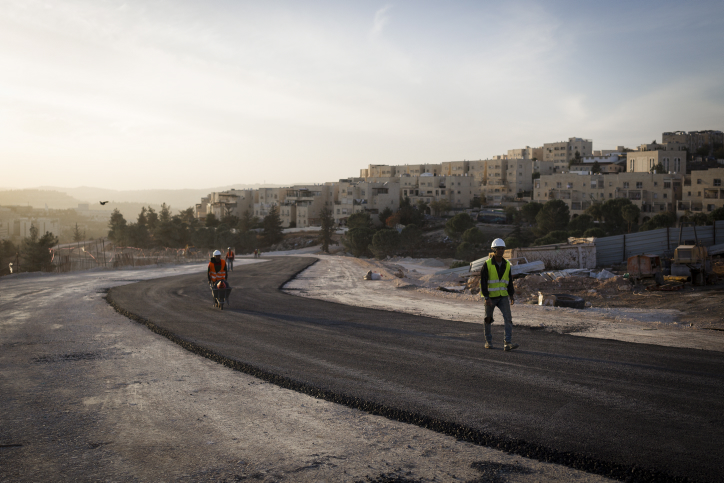A closer look at Jerusalem’s new construction plans are a testament to the fact that Israel cannot continue lording over hundreds of thousands of Palestinians without infringing on their basic rights.
By Aviv Tatarsky

After a considerably long lull, Prime Minister Netanyahu and Jerusalem Mayor Nir Barkat have rebooted their plan to build beyond the Green Line in the city. These days, the government is working to build 2,000 housing units in East Jerusalem — and that’s only the beginning. Israeli building in the territories occupied in 1967 is usually tied to Israel’s attempt to thwart all attempts to make East Jerusalem the future capital of the Palestinian state, and thus perpetuate the bloodletting.
But Israeli construction has another angle that we tend to ignore: almost every single plan that was proposed over the past week directly violates the basic rights of Palestinians to live here. Not over “there” in the West Bank, where settlers (not us, that is) are willing to live alongside people without rights; but right here in the democratic state of Israel, and in proximity to the Israeli mainstream. The long list of construction plans proposed last week is yet another reminder of what Palestinian life looks like in our capital. Here are just four examples of basic Palestinian rights that will be violated as a result of these plans.
Equality. Nir Barkat joined the Right’s celebration over the lifting of restrictions on settlement construction, announcing last week plans to build 800 apartments in Israeli neighborhoods beyond the Green Line. “Construction will continue unabated in order to strengthen the capital of Israel.” Barkat also announced that the construction of 114 housing units in the city’s Palestinian neighborhoods “as part of the city’s policy to build in all parts of the city.”

These are the mayor’s numbers, which according to him are a testament to the equality and fairness with which he runs the city. However, a quick calculation shows that while Palestinians make up 38 percent of the city’s residents, those 114 housing units constitute only 12 percent of the 914 units Barkat is so proud of. Real equality would mean that alongside those 800 “Israeli” apartments, the municipality would plan to build 490 units in Palestinian neighborhoods — more than four times what it has committed itself to. In eight years of Barkat and Netanyahu’s rule, the Jerusalem municipality has approved numerous, detailed master plans for the expansion of Israeli neighborhoods to the tune of 10,000 additional housing units. Meanwhile, not a single master plan has expanded the areas designated for living in Palestinian neighborhoods.
Housing. As part of Barkat’s new plans, there are two plans being promoted by settler organizations, in which existing homes in the East Jerusalem neighborhood of Sheikh Jarrah will be demolished and replaced by larger buildings. Palestinians have been living in the existing homes since before 1967. Ownership over the land was transferred to settler organizations as part of a law that allows settlers to reclaim property that was previously owned by Jews until 1948 and was lost in the war, yet prevents Palestinians in East Jerusalem to do the same over assets they lost in West Jerusalem during that same war.
The Palestinians living in those Sheikh Jarrah homes have protected status that prevents their eviction. However, the settlers are allowed to evict protected residents if they can show that it is necessary in order to enhance the asset. Thus, under the guise of promoting building, the state takes part in the expulsion of more Palestinian families from their homes.

Education. The municipality is also promoting a plan to build a seven-story in Sheikh Jarrah that will serve as an ultra-Orthodox yeshiva, of all things. This, despite the fact that according to the neighborhood’s master plan — which was designed by Israel — the land is marked as “public buildings for the welfare of the local community.” Sheikh Jarrah has not even a single public elementary school. And yet the Israel Land Administration has allocated the area to an ultra-Orthodox organization; suffice it to say that the Jerusalem municipality does not oppose this plan.
Property rights. Last week, Jerusalem Municipality promoted a plan to expand Ramat Shlomo, a large Jewish housing development in northern East Jerusalem, by 500 housing units. Israeli developers who claim to own the property are behind the plan, yet a close look at land registry documents teach us that the land is not owned by the developers. In fact, large swaths of that land are marked to warn that ownership is legally disputed, and that other parts are owned by Palestinians. None of this hindered the city from joining forces with the developers, who submitted the plan to the Jerusalem District Planning and Building Committee, deciding that the plan was worth backing.

Sounds like Amona? In Jerusalem there is no need for the “Regularization Bill” to take over Palestinian land. More than that, part of Ramat Shlomo — which is undisputedly Palestinian owned — is designated as a park. That is, the Israeli developers will make money off of the sale of 500 housing units on land they claim to own, while the Palestinian landowners will “donate” their land to a park without seeing a shekel.
This is the Jerusalem the Israeli government is so determined to control exclusively. Disregard for Palestinian rights in the city is not a mistake, nor is it the result of evil. An Israel that wants all of Jerusalem to itself cannot lord over hundreds of thousands of Palestinians without harming their basic rights. When we refuse to see Palestinians as our partners in this city, we give up on the possibility of a life of welfare and peace, as well as the basic rules of fairness and democracy.
Aviv Tatarsky is a researcher for Ir Amim, an Israeli NGO that works for an equitable Jerusalem. This post was originally published in Hebrew on Local Call.
